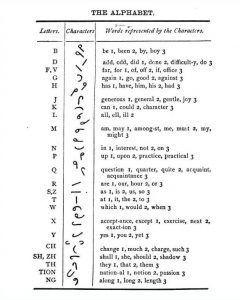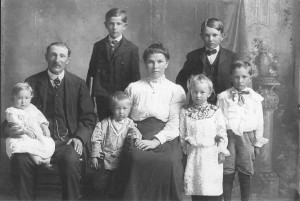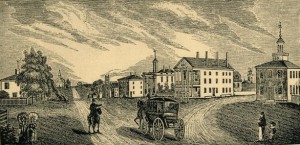[Editor’s note: A version of this post originally appeared in Vita Brevis on 7 November 2016; its contents have been updated by Molly Rogers.]
 The genealogy column in the Boston Evening Transcript newspaper has been one of the more heavily used resources at the NEHGS Library for the past century or more. The paper was published, under a few different titles, from 1830 to 1941. From 1906 through 1941, it featured a genealogy column in which readers would submit and respond to queries. During most of its run, the column appeared twice a week. According to an editors’ note which appeared in many issues, the newspaper was almost overwhelmed with submissions and had a backlog waiting to be published. The editors also claimed that they had “correspondents in every corner of the country.” By the time it ceased publication, the column had covered an estimated two million names. Continue reading ICYMI: Boston Transcript column now online
The genealogy column in the Boston Evening Transcript newspaper has been one of the more heavily used resources at the NEHGS Library for the past century or more. The paper was published, under a few different titles, from 1830 to 1941. From 1906 through 1941, it featured a genealogy column in which readers would submit and respond to queries. During most of its run, the column appeared twice a week. According to an editors’ note which appeared in many issues, the newspaper was almost overwhelmed with submissions and had a backlog waiting to be published. The editors also claimed that they had “correspondents in every corner of the country.” By the time it ceased publication, the column had covered an estimated two million names. Continue reading ICYMI: Boston Transcript column now online







